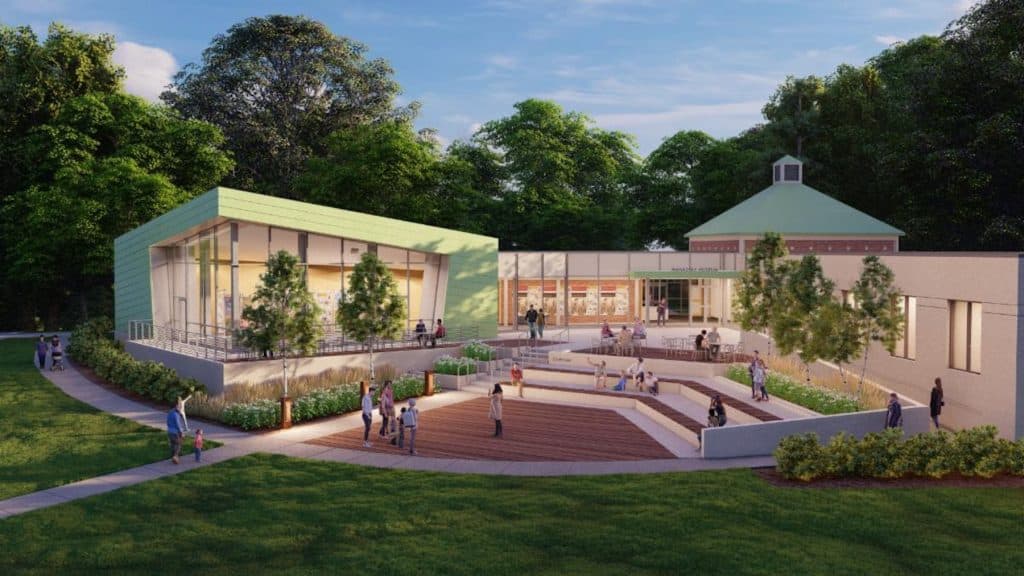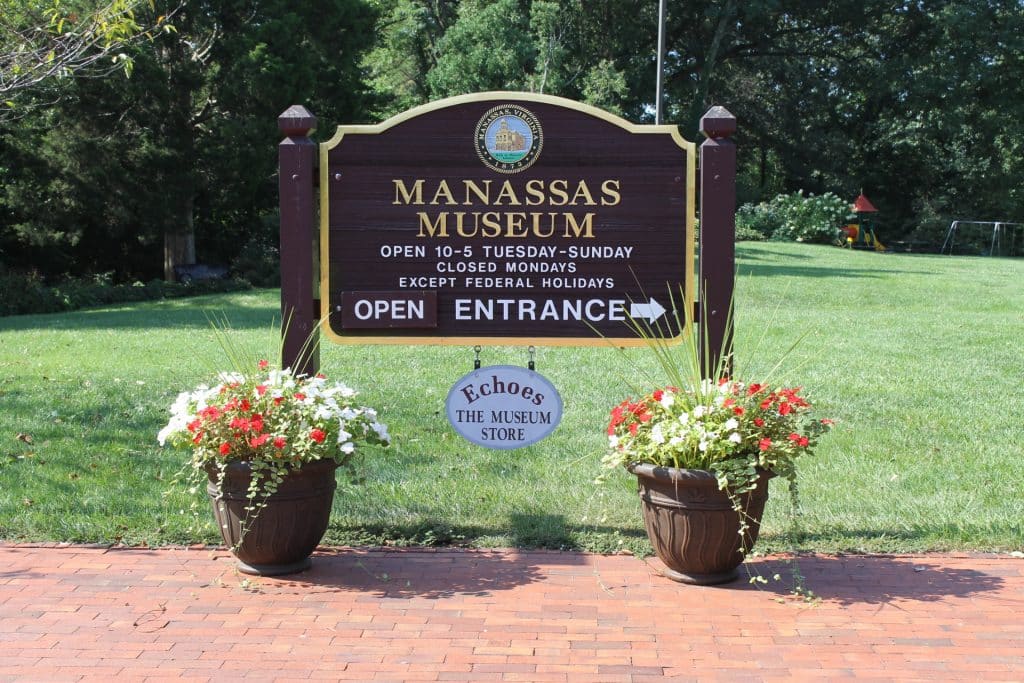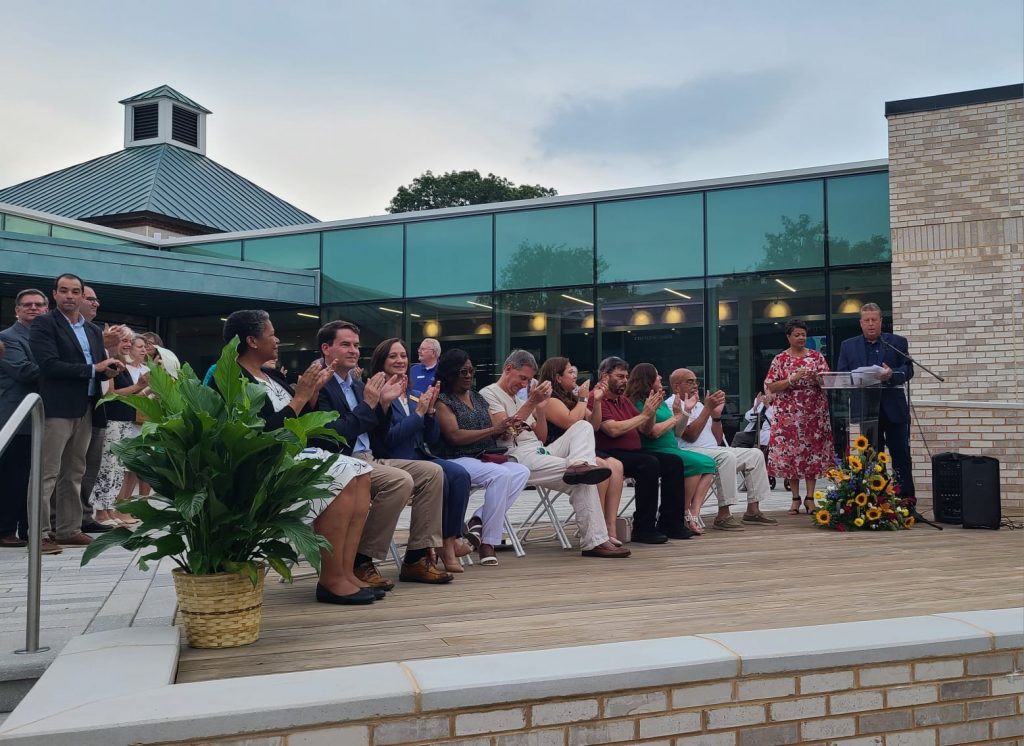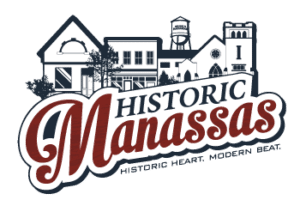
The Manassas Museum stands as a living testament to the city's rich history and the passion of its community. From its humble beginnings in 1972 to its current status as an important cultural hub, the museum's journey of preservation and growth is a story worth celebrating.
The year was 1972, and Manassas was preparing for its 1973 Centennial Celebration. It was during this time that a visionary resident, Walser Rohr, took inspiration from a small museum in Strasburg, Virginia, and proposed the idea of a trial museum in Manassas. The concept was embraced with enthusiasm by a committee, and with the help of Mrs. Rohr and dedicated volunteers, a downtown space was adorned with 52 donated artifacts for an initial exhibit.

The trial museum, set up for the Centennial Celebration in 1973, exceeded all expectations and was met with resounding success. Buoyed by this achievement, the Manassas Historical Committee was determined to provide a permanent home for the growing collection. In 1974, the museum found its abode in the historic 1896 Hutchison Building on Main Street. With objects displayed in cases acquired from a former department store, the Manassas Museum was officially open to the public.
The early success of the upstart museum can be attributed to the unwavering dedication of volunteers who worked tirelessly, some even forgoing pay. Ren Conner, the Museum's first curator, selflessly worked for over a year without compensation and continued for five more years with only a small stipend. In 1982, Douglas K. Harvey, a professionally trained curator with experience at the esteemed Smithsonian Institution, became the museum's first permanent staff member.

As the years rolled by, the museum's collections expanded, reflecting the unwavering support of the community. It was evident that a larger space was needed to accommodate the growing treasure trove of history. In 1991, a new facility on Prince William Street opened its doors, offering increased exhibit spaces with interactive displays and educational offerings for visitors of all ages.
The Manassas Museum's commitment to preserving history extended beyond its own walls. The museum became the steward of several city-owned historic sites, including the 1825 Liberia Plantation, the 1861 Mayfield Earthwork Fort, the 1864 Cannon Branch Earthwork Fort, the 1914 Southern Railway Depot, the 1908 Hopkins Candy Factory building, Annaburg Park, Old Town Hall, and Manassas Industrial School/Jennie Dean Memorial, commemorating a significant African American school.

Today, the Manassas Museum embraces its historic origins while looking towards the future. The museum, which was reopened on July 28, 2023, after a remodeling and expansion of the facilities, offers an array of new interactive displays and educational programs that delve into the city's rich history from Native Americans to the present day. Visitors can explore permanent and changing galleries, each a treasure trove of fascinating stories waiting to be unveiled.
The Manassas Museum's renovation journey is a remarkable tale of community spirit, passion for history, and unwavering commitment to preserving the past for future generations. From its modest trial museum to a thriving cultural hub, the museum stands as a beacon of knowledge and inspiration for all who walk through its doors. As we celebrate its vibrant past and exciting present, let us eagerly anticipate the bright future that the Manassas Museum continues to shape for generations to come.





